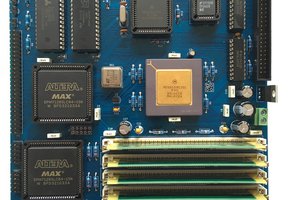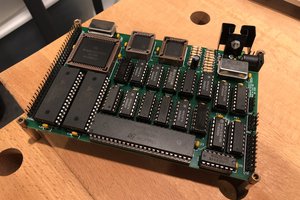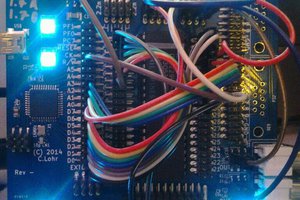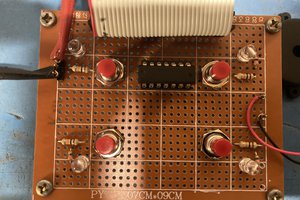Nowadays a lot of tools allow us to build very complex solutions working at a very abstract, high level. This is absoultely necessary to manage complexity. Not much of what is nowadays considered a "simple web service" or a "basic image editing tool" could be coded by a small team in a lifetime if we had to work in assembly or even write bytecode directly to memory.
On the counterside this means that more of us are learning to code without ever getting even a feeling of how, at a deep level, the machine is excecuting our code.
With the PLC14500 I want to bring attention to a little known, quirky chip that sits somewhere between a CPU and an advanced logic chip that hails straight from the 70s. With the built in assembler-monitor and the step by step trace capability, I want to offer the possibility to get a concrete idea of how the code runs and how each bit flips. While not a skill that might be strictly needed in every day coding, I think such a deeper understanding can make learning and truly mastering the art of coding easier and engaging.
Needless to say, the nearly 50 LEDs on board are not only there to show the status of each bit on the buses, they are also there for the blinking factor, so this is also a piece of decor for your desk when not in use. I keep mine constantly running on slow clock mode with a demo program that blinks a lot of the LEDs.
The project is OSHW Certified ( https://certification.oshwa.org/pl000011.html ) so all documentation, schematics, source code are freely available (https://github.com/nicolacimmino/PLC-14500).
I also sell ready to assemble kits on Tindie if you don't want to source the components and the PCB yourself.
 Nicola Cimmino
Nicola Cimmino
 Tobias Rathje
Tobias Rathje

 Inverse Phase
Inverse Phase
 jimshortz
jimshortz
The board must be rotated 180 degrees. The Bit 0 must be on the right side!
I used LEDs in several colours.